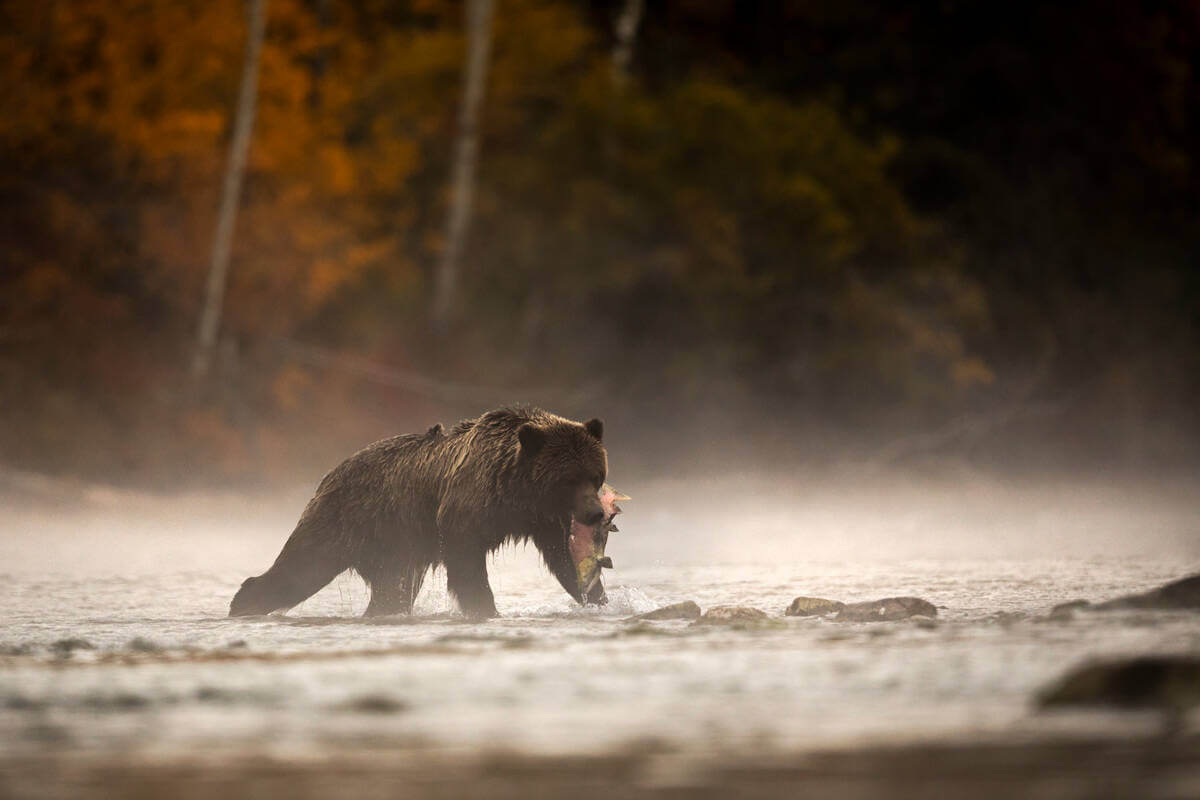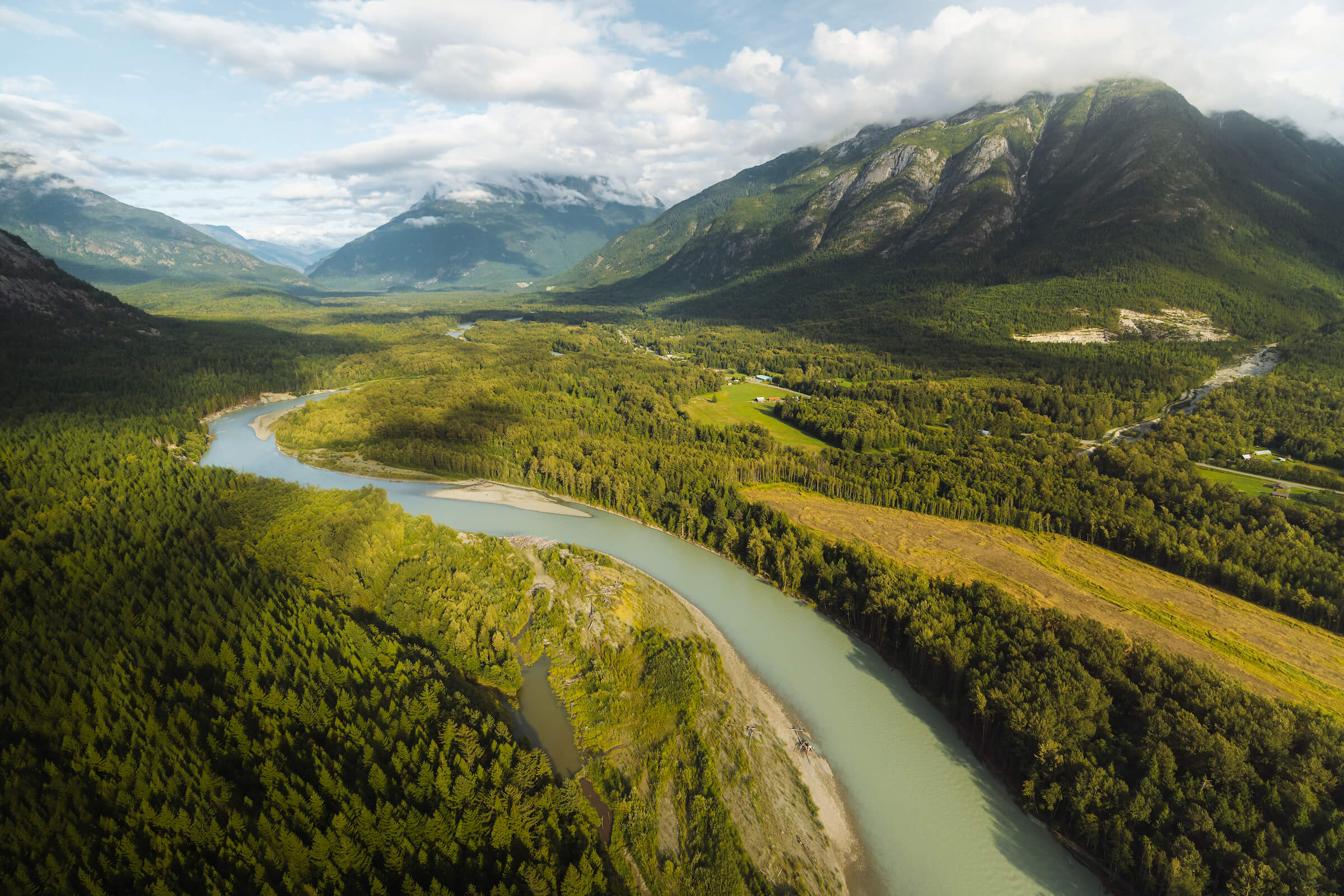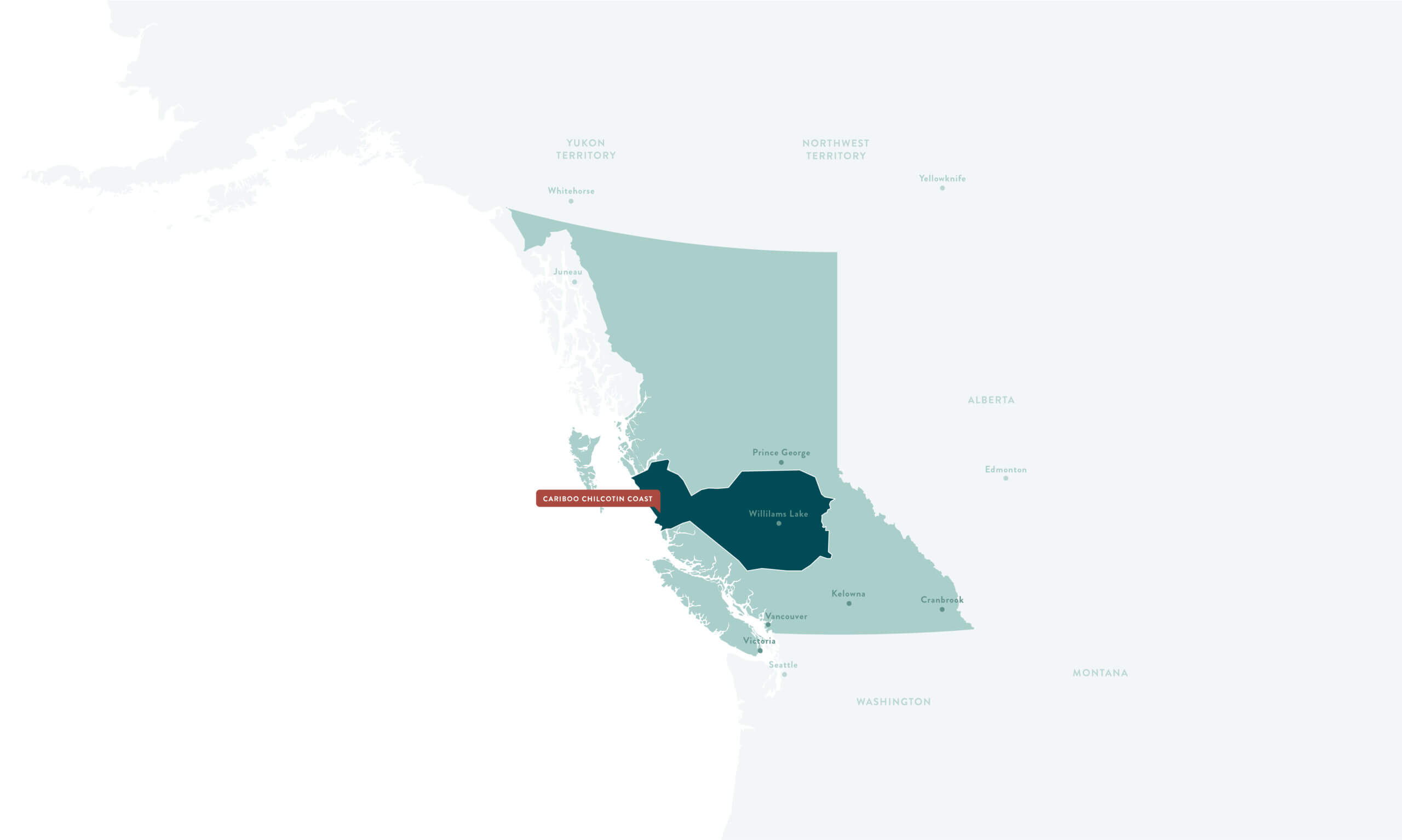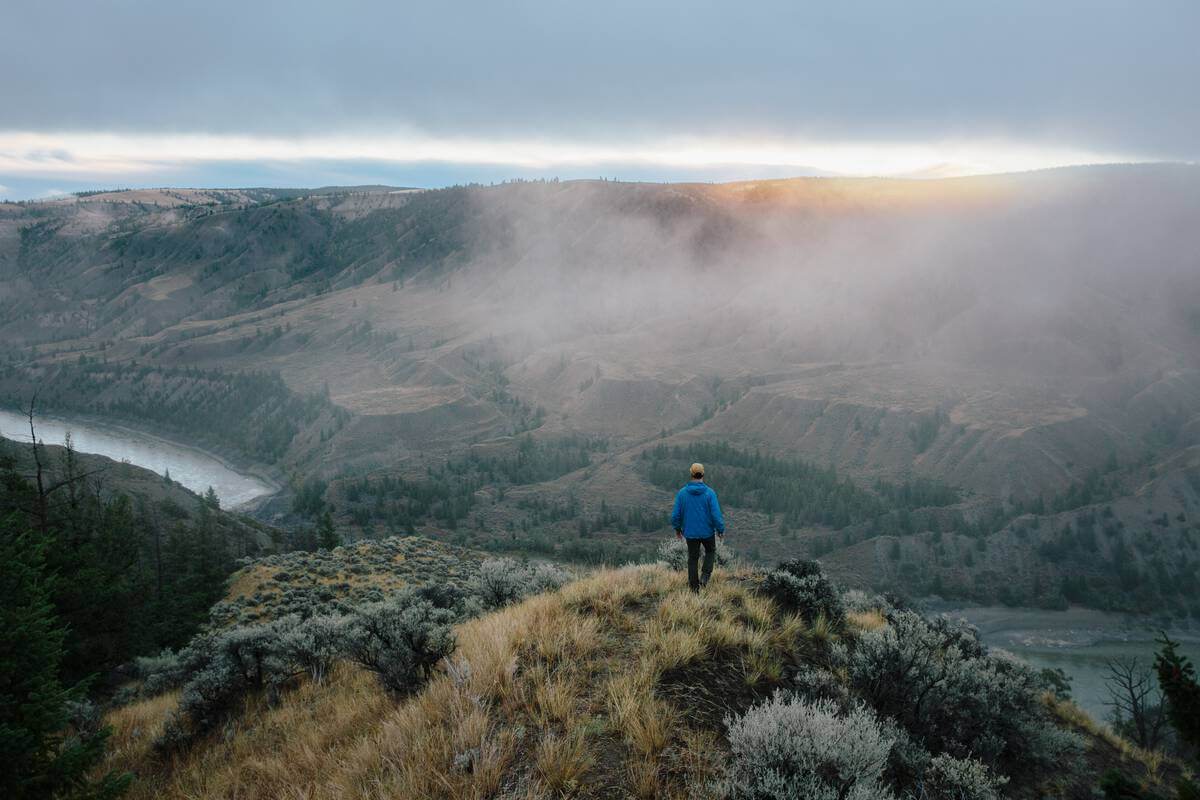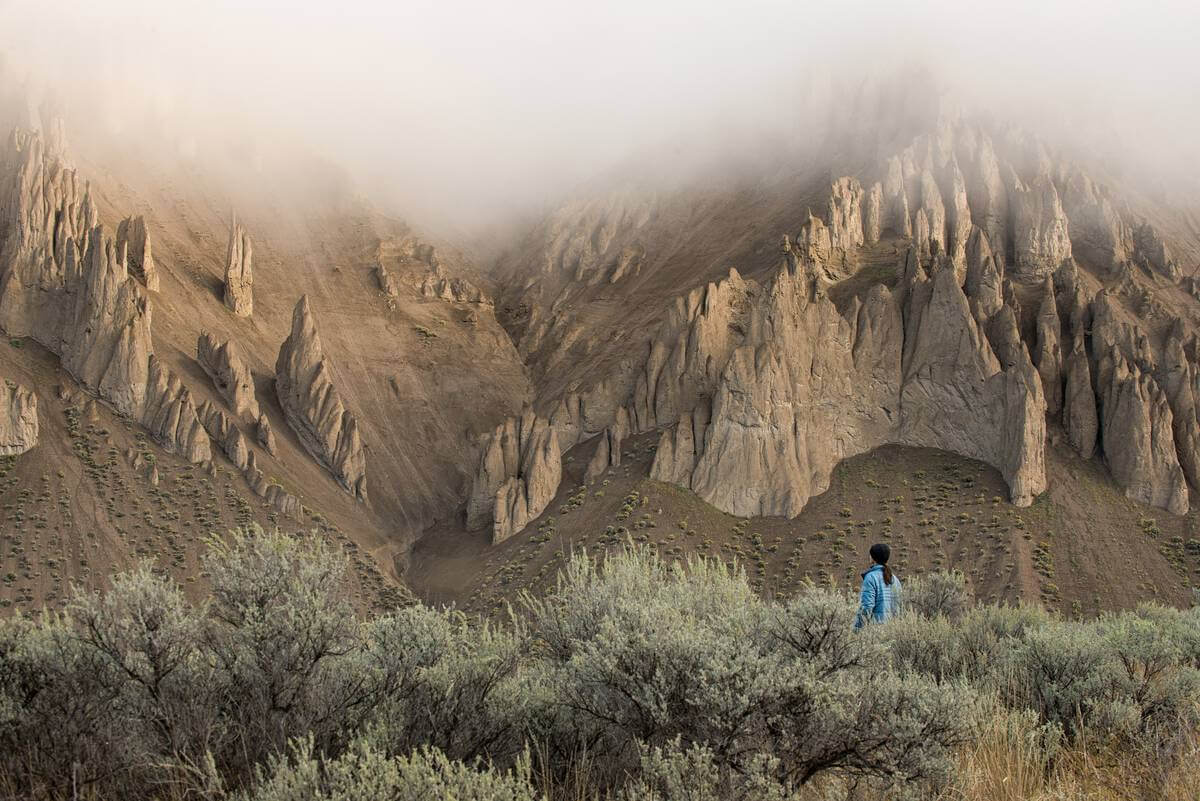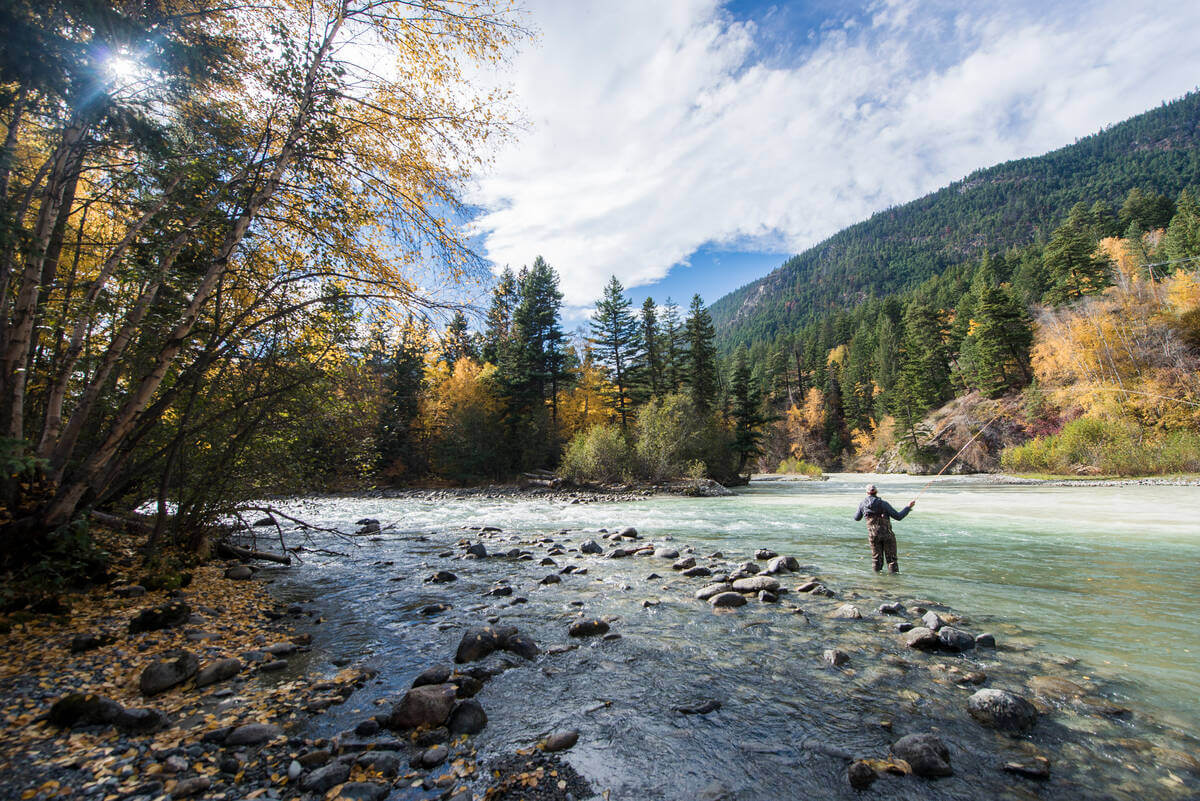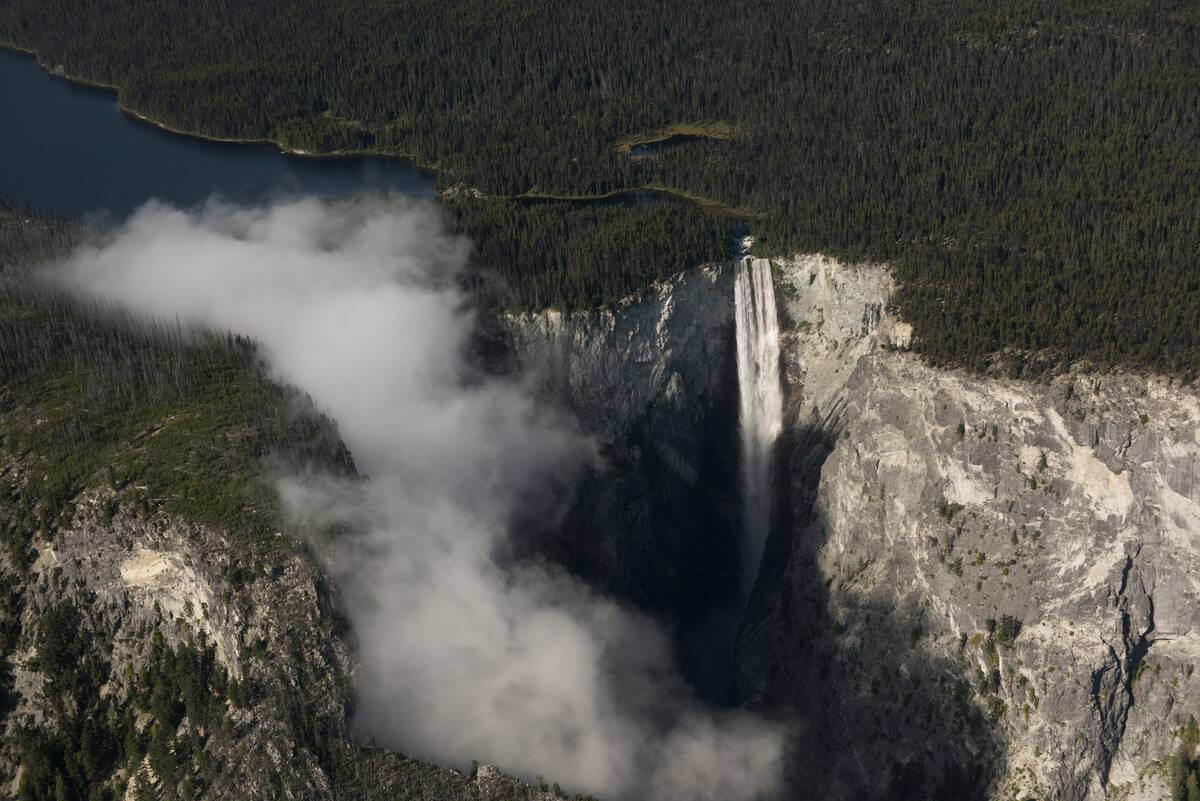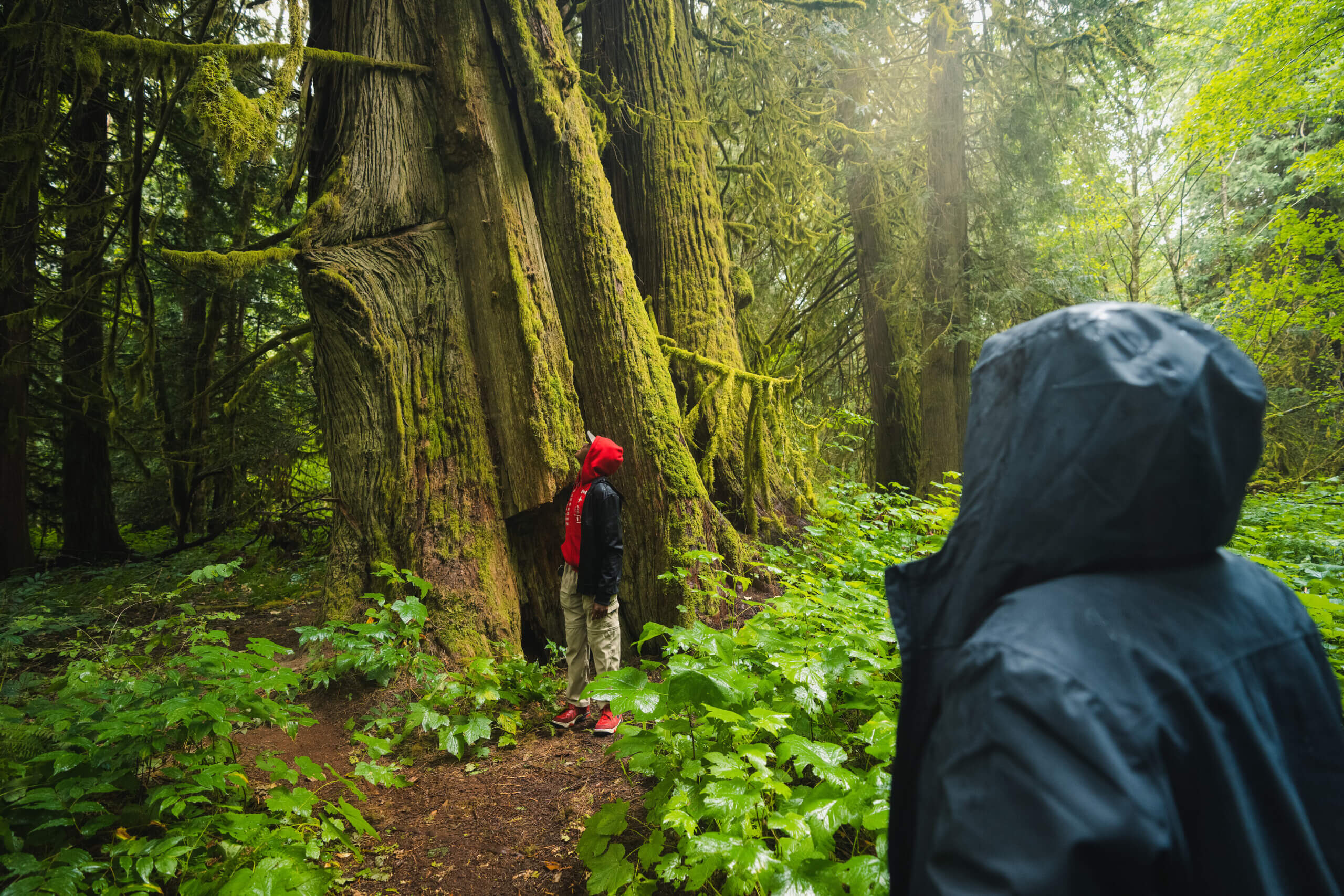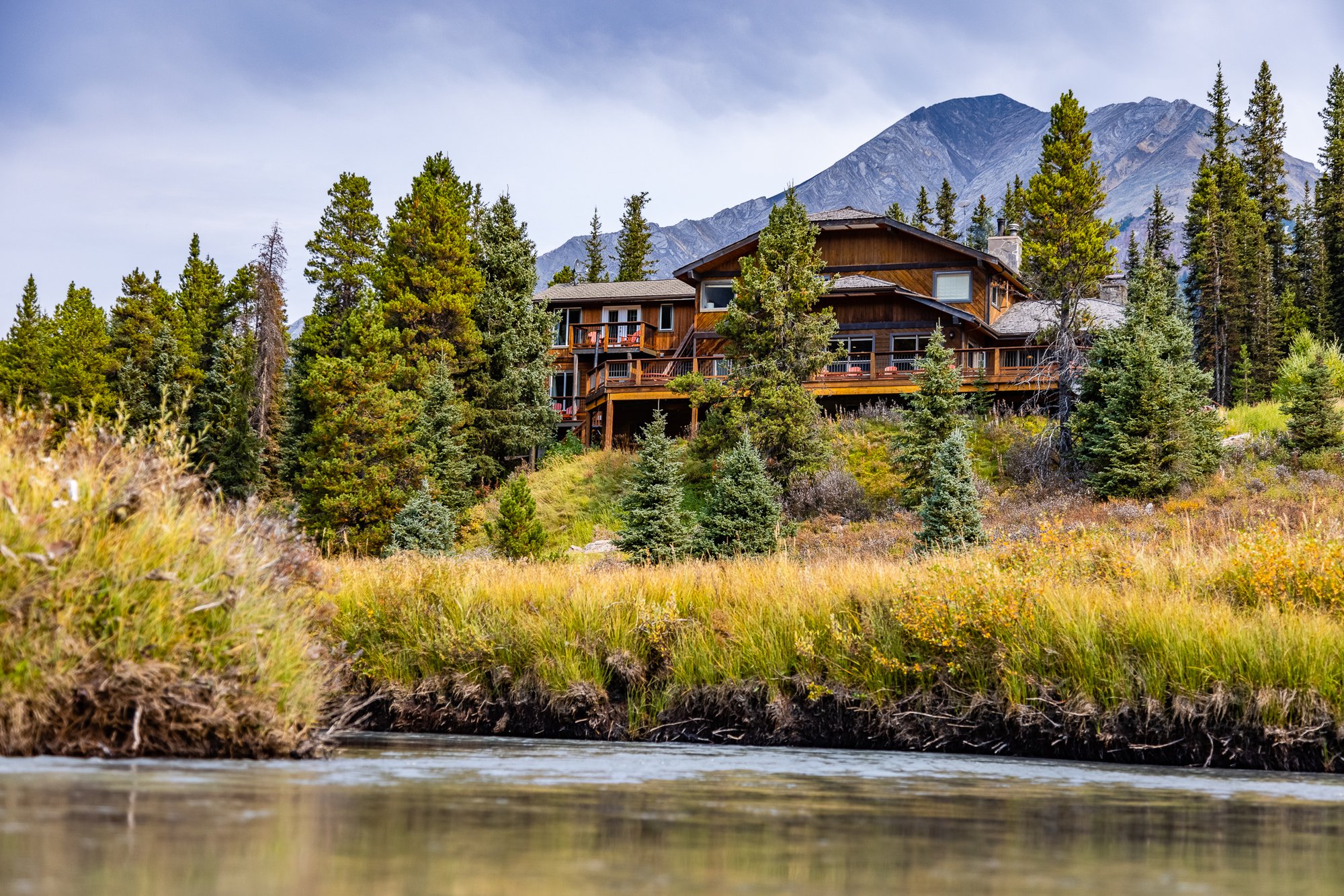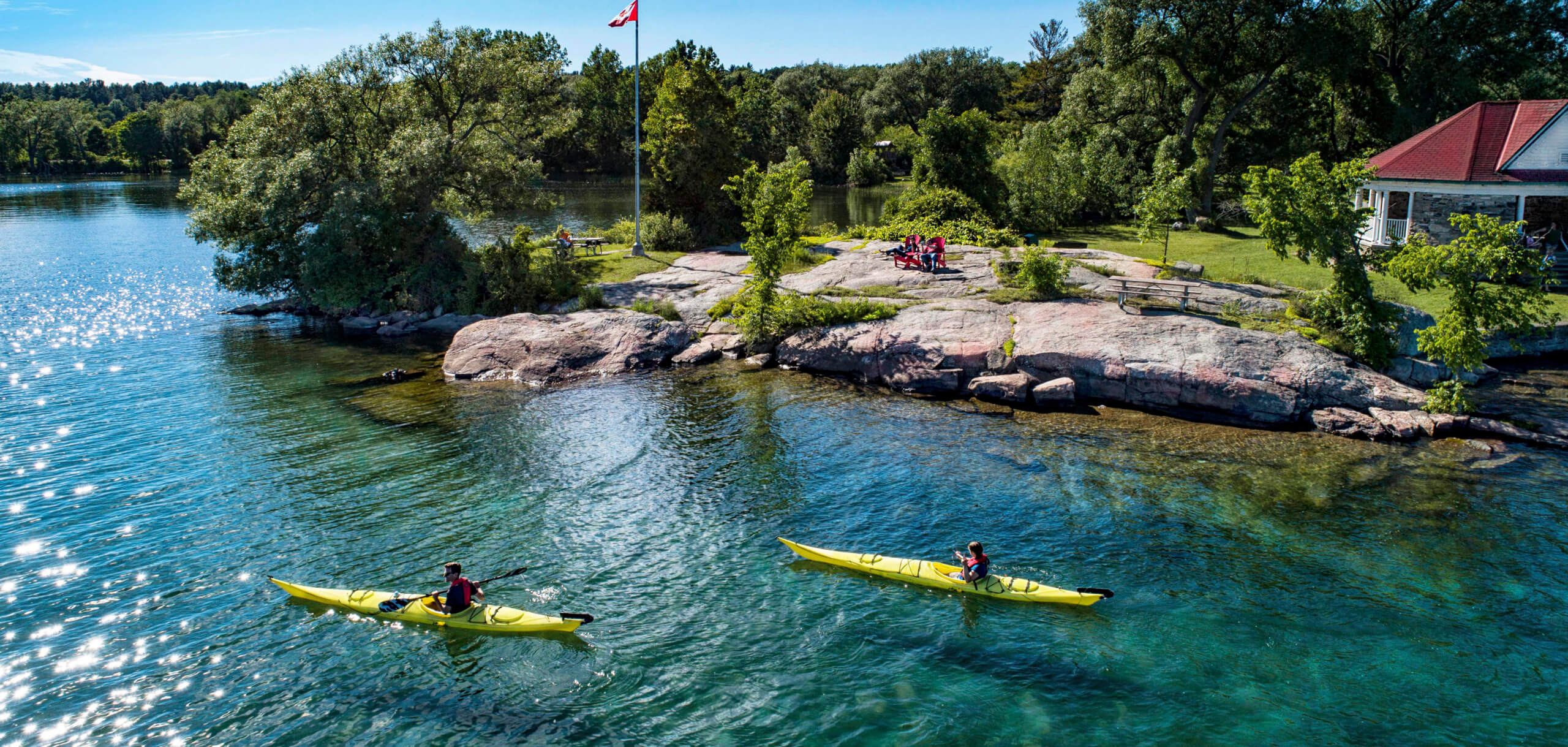Beyond The Tourist Trail: The Cariboo Chilcotin Coast
Drive 500 km from Vancouver to Williams Lake in British Columbia’s interior and you’ll find stretched out before you a deep, rugged and vast wilderness.
You’ve entered the region known as the Cariboo Chilcotin Coast, home to the multi-hued mountains of the Rainbow Ranges, the lush oasis of Bella Coola, the scenic stretches of working ranches, the gold-rush vibes of the Fraser River Canyon and spectacular Tweedsmuir – the largest provincial park in BC.
It is a unique and startlingly beautiful place and yet, it remains largely unknown, even to lifelong Vancouverites. Until my first year working as a guide, I had no idea this incredible place existed!
I was lucky enough to thoroughly explore this region during my years as a guide, taking small group tours along the entire stretch of Highway 20. I stayed at ranches, flew into remote lodges, drove the infamous Heckman Pass, navigated the rivers in the lush Bella Coola Valley, and eventually took the ferry through to Port Hardy. The memories of my time in this remote place have stayed with me years after and I love recommending this place to those looking for something different and truly unique.
Where is BC’s Cariboo Chilcotin Coast?
Stretching from Williams Lake all the way west to the Pacific, the Cariboo Chilcotin Coast region is utterly massive and covers a varied terrain.
It takes up a big chunk of central BC, south of Prince George and Prince Rupert but north of Kamloops, and a large section of the mainland coastline, roughly between Vancouver Island and Haida Gwaii.
The region is quite diverse in landscapes. The upper part of the region is known as the Chilcotin Plateau and is it a couple thousand feet above sea level. To get from there to the lower Bella Coola Valley on the coast, you have to drive the Heckman Pass.
This steep, narrow mountain road is affectionately known by the locals as “the Hill.” Although it is well-maintained, this unpaved road is not for the faint of heart, or for those who have a fear of heights. The road drops 2000 metres within 6 km and is completely exposed on one side.
However, the brave are certainly rewarded. Once you reach the bottom and enter the lush incredible ecosystem of the Bella Coola Valley, the Heckman Pass is (almost) forgotten.
The Valley blew me away when I first saw its beautiful rivers, amazing old growth trees and temperate rainforest. It is teeming with life: monster salmon in the rivers in the fall, and some of the best bear viewing in British Columbia at the right time of year.
The mountain landscapes are also uniquely beautiful. With the valley floor being near sea level, the relief on the towering peaks is quite imposing and it makes you feel like you’re somewhere in Norway.
How can I get to the Cariboo Chilcotin Coast?
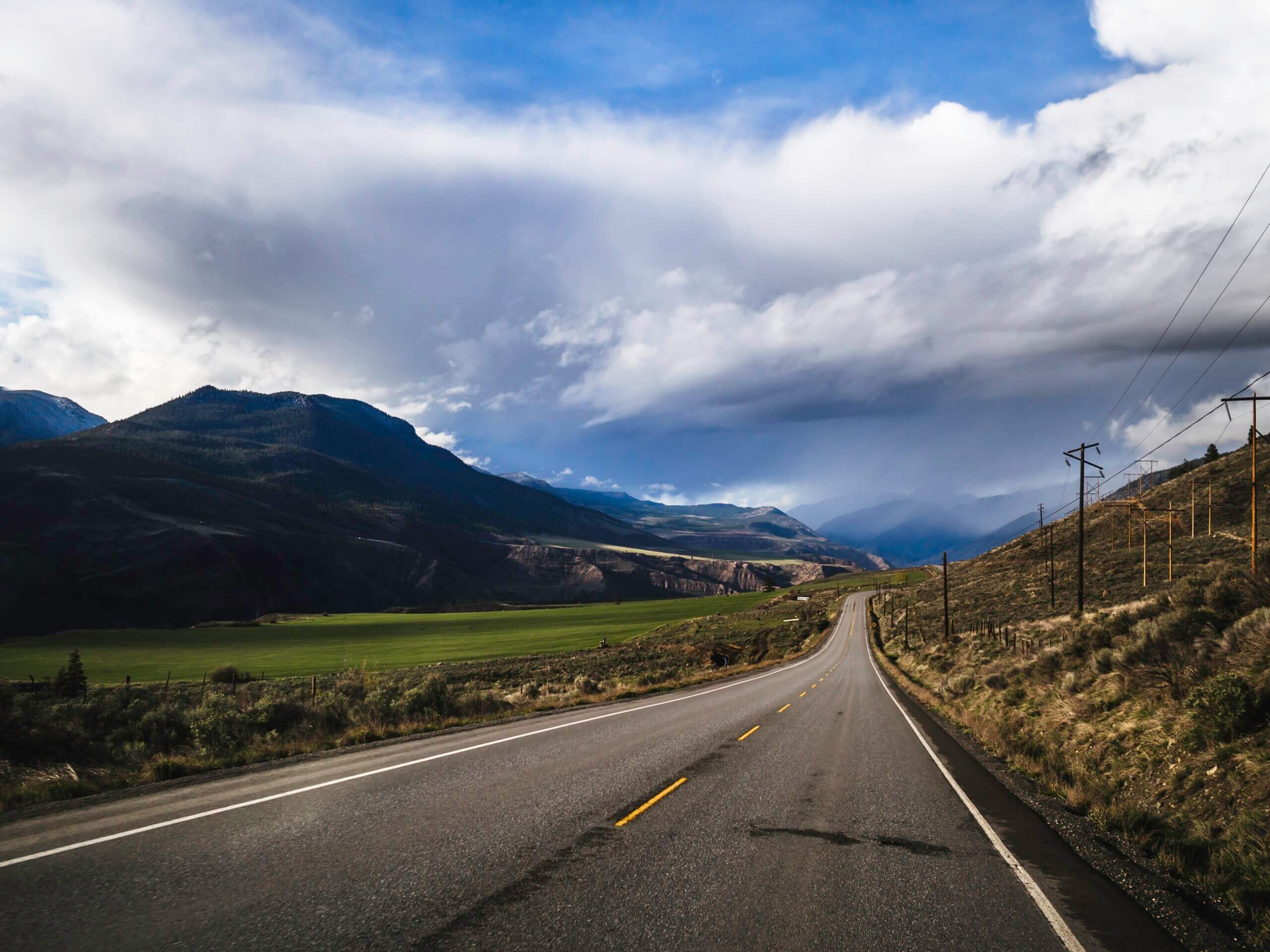
Storm light over Highway 99 between Fountain and Pavillion Lake, British Columbia. Photo c/o Destination BC/Andrew Strain
Whether you are driving or flying, there are a number of ways to get to the Caribou Chilcotin Coast.
For those driving from Vancouver, the scenic drive north takes you along hundreds of kilometres of the Caribou Gold Rush Trail to Williams Lake. This drive follows the Fraser Canyon and is wonderfully scenic. It takes about 7 hours and makes for a terrific road trip in and of itself.
For some, driving to Williams Lake might feel like the end of the road, but to the west is where the adventure really begins. Between you and the Pacific Coast lies another 450 km of the sparsely populated Highway 20 to explore — one of BC’s last frontiers!
If you don’t want to drive the same route back south, the journey is also possible as a circle route. There is a ferry that connects Bella Coola to Port Hardy on northern Vancouver Island. From there, drive south across Vancouver Island and catch the ferry back to Vancouver. This would be a spectacular trip and you’d probably have to budget at least 14 days for the entirely, more if you want to add in some incredible experiences along the way (more on that below).
If road trips aren’t your thing, or you are short on time, parts of the region are surprisingly accessible from Vancouver. A 70-min flight can bring you directly to Bella Coola, the perfect place to spend a few days exploring the natural and cultural wonders of the Great Bear Rainforest.
What’s there to see in the Cariboo Chilcotin Coast?
There is more history, culture and natural beauty to explore in this region than you could possibly fit into one trip. Below is a visual guide to some of the outstanding scenery that awaits those who venture to this stunning region in British Columbia:
The Fraser River
The Fraser, one of Canada’s mightiest rivers, played an important role in the life of Indigenous nations for millennia and it was a vital transportation link during the Cariboo Gold Rush of the 1860s. The river carves through the granite-walled canyons of BC’s interior and is a truly spectacular place to explore.
Sand Dunes & Hoodoos
Sand formations that are seemingly otherworldly greet visitors to Farwell Canyon in Riske Creek. Besides the incredible hoodoos and sand dunes, Farwell Canyon is also an excellent place to see the winding Chilcotin River and Big Horn Sheep. You won’t regret the slight detour to get here.
Ranch Country

Horseback Riding at Bracewell’s Alpine Wilderness Adventures above Tatlayoko Lake. Photo c/o Destination BC/Kari Medig
Chilcotin Plateau is home to wide alpine rivers, rolling hills, grasslands and a strong ranching culture. Enjoy a ride on horseback through the sweeping landscape.
Lake & River Fishing
Whether your trolling or fly fishing there is some world class fishing to be had in this region. Common species include rainbow and cutthroat trout. It is also possible to fish for King or Pink salmon in the Bella Coola Valley in the summer months but you have to be weary of bears come September /October when the Chum and Coho salmon runs begin.
Hunlen Falls
Hunlen Falls is Canada’s highest free-falling waterfall. The water that forms this breathtaking falls drains out of the Turner Lakes and drops 1,316 feet before continuing its journey to the Pacific by way of the Atnarko and Bella Coola Rivers.
The falls can be seen on a scenic floatplane flyover from Nimpo Lake or by hiking the steep and challenging trail that leads up from Highway 20 and includes a 2,625-foot vertical rise!
Bella Coola Rainforest
The Bella Coola Valley is in the heart of some of the largest remaining intact tracts of coastal temperate rainforest left in the world. Old-growth trees, some covered in thick mossy green, tower over the lush landscape, streams weave through the valley and the forest teems with life, from bears to birds to salmon in the rivers.
Indigenous Culture
The Bella Coola Valley contains signs of human existence dating back thousands of years. There are sacred petroglyphs that are thousands of years old, as well as culturally modified trees ( that is, trees with scars where Indigenous Peoples harvested cedar bark in a sustainable way as to not kill the tree). Many of the tree markings can be seen in the cedar grove near Bella Coola and they, along with the ancient petroglyphs, are best observed with an Indigenous guide who can authentically speak to their significance.
Seeing the petroglyphs surrounded by the towering ancient trees and hearing the stories of the land’s ancestors is a truly humbling experience and it is one of the most spiritual places I’ve seen in Canada.
Wildlife
The Bella Coola region is known for its world-class grizzly viewing in September and October. It is also possible to see bears at the end of August but the official season is not in full swing until September when the bears come down to the valley once the fall salmon migrations kick off.
Value of a Guided Experience

Canoeists on Whitton Lake at Nuk Tessli Wilderness Experience with view of the Coast Mountains. Photo c/o Destination BC/Kari Medig
As I mentioned, the Cariboo Chilcotin Coast can be explored on a road trip but there is a lot of value in seeing it with an experienced guide.
Some reasons you might want to consider booking a packaged experience:
- The region is very remote and so vast. Booking a guided experience will help you to see more in less time.
- Tours offered in these regions are small and intimate, with lots of access to moments of solitude in the vast wilderness should you wish.
- It can be quite daunting to find accommodations or figure out logistics (such as refilling the gas tank!) in such remote locations. A guide adds a level of comfort that allows you to relax and enjoy the spectacular areas without worry.
- Given the limited infrastructure, some of the local attractions can be hard to find (for example, you might need to turn down a subtly marked dirt road or head off on a remote trailhead. Local guides know the terrain inside out.
- Having a local’s perspective always enhances the tourism experience and allows you to dive much deeper into the destination. In some places, like the petroglyphs site in the Bella Coola Valley, it is imperative to have an Indigenous guide who can impart the significance of the location in a way that one could never do on their own. This ensures we are respectful of these culturally important sites.
If you are interested in a guided experience, we highly recommend these three:
- The Grizzly Bear Safari: Engage all your senses in a wild encounter with the grizzly residents of Bella Coola! Watch as grizzly bears catch and feast on salmon along the river, and wander across the lodge grounds. Drift by the river, or trek on foot through the Great Bear Rainforest with a knowledgeable guide to view these majestic creatures in the wild.
- Discover the Great Bear Rainforest: Enter a world of pristine rivers, lush valleys and coastal cliffs on this all-inclusive multi-day getaway to the luxurious Tweedsmuir Park Lodge. Nestled in the heart of the Great Bear Rainforest, this Climate-Positive-certified wilderness lodge offers world-class service in an awe-inspiring setting and acts as your homebase to explore the spectacular Bella Coola Valley.
- Journey to the West Chilcotin: From Williams Lake to Bella Coola, this 8-day trip is an adventure that spans the heart of British Columbia. Enjoy the art of slow travel as you journey through the vast expanse of BC’s varied landscapes, where you’ll trade a cell signal for unforgettable encounters with nature, culture and wildlife.

